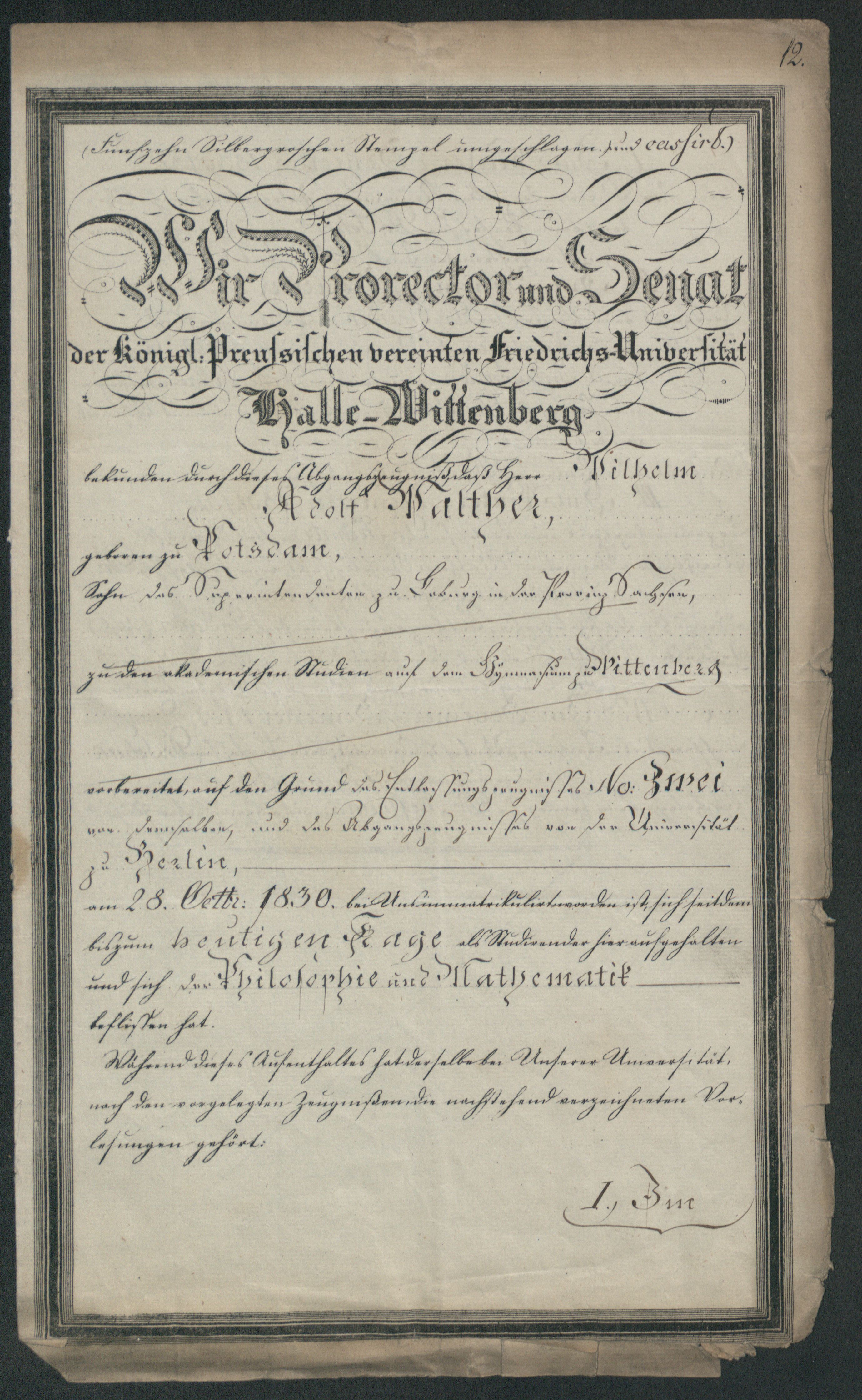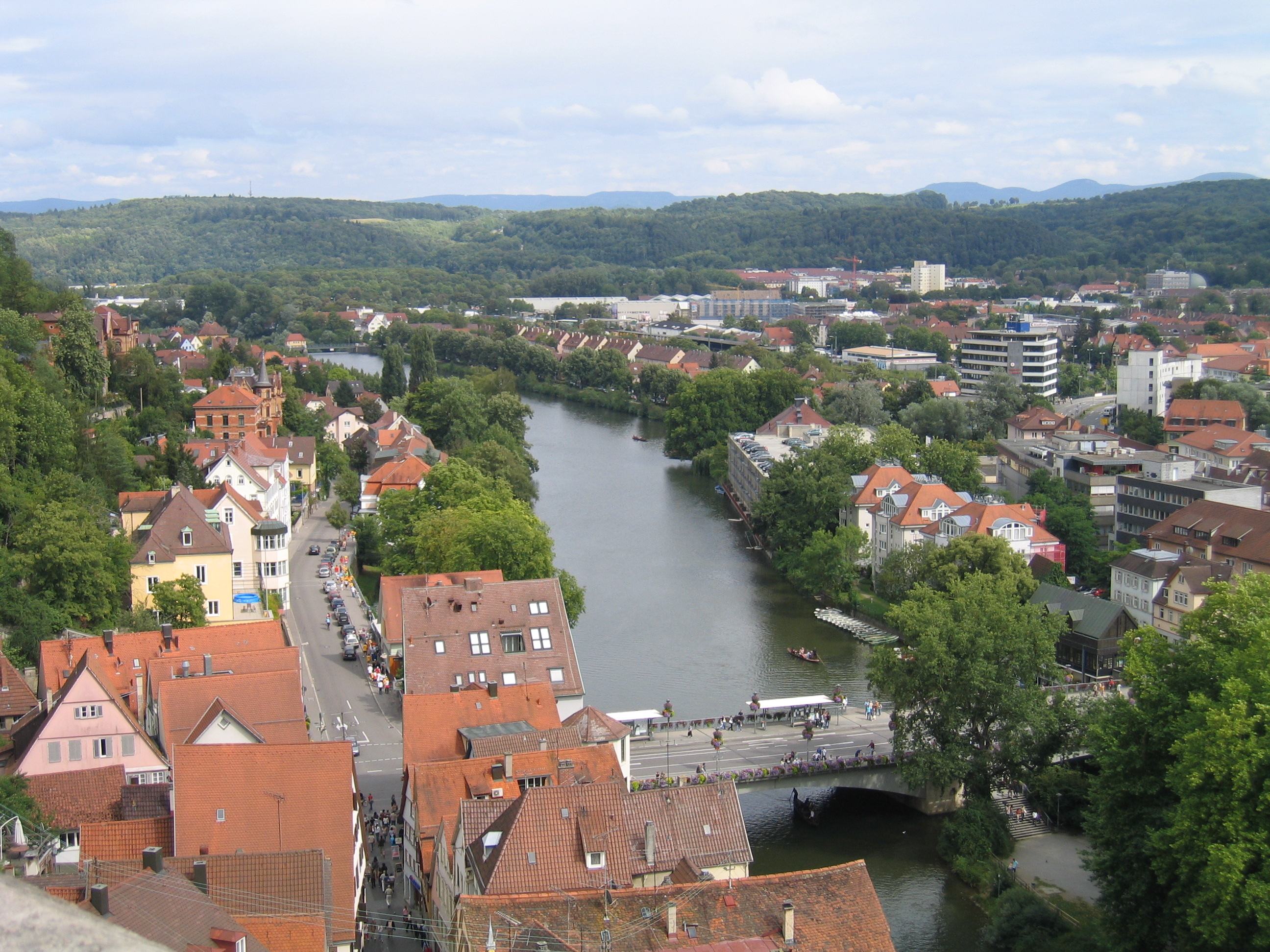|
Matija Vlačić Ilirik
Matthias Flacius Illyricus (Latin; ) or Francovich () (3 March 1520 – 11 March 1575) was a Lutheran reformer from Istria, present-day Croatia. He was notable as a theologian, sometimes dissenting strongly with his fellow Lutherans, and as a scholar for his editorial work on the ''Magdeburg Centuries''. Biography Early life and education Flacius was born in Labin (Albona) in Istria, son of Andrea Vlacich (Andrija Vlačić) alias Francovich and Jacobea (Jakovica) Luciani, daughter of a wealthy and powerful Albonian civic family. Her family was related by marriage to the local Lupetino (Lupetina) family: Jacobea's brother, Luciano Luciani, married Ivanka Lupetina, the sister of the friar Baldo Lupetino (Lupetina), likewise born in Labin, who later was condemned to death in Venice for his Lutheran sympathies. Andrea Vlacich was a small landowner, who died during his son's early childhood. Flacius went also by the name Franković. He matriculated at the University of Basel in 1 ... [...More Info...] [...Related Items...] OR: [Wikipedia] [Google] [Baidu] |
Labin
Labin (Italian language, Italian/Istriot language, Istriot: Albona) is a town in Istria, west Croatia, with a town population of 5,806 (2021) and 10,424 in the greater municipality (which also includes the small towns of Rabac, Rabac-Porto Albona and Vinež, Vinež-Vines, as well as a number of smaller villages). History Labin developed from the site of the Roman settlement of Albona. Its name predates classical antiquity and is derived from Proto-Indo-European language, Proto-Indo-European ''*alb-'' ("eminence", "hill"). Before and under the Roman occupation, Albona was an important commune. On a marble tablet the Roman inscription we read that under the Emperor Marco Iulio Severo Filippo noble Caesar noble Prince made Albona a Republic. To be a republic it had to have two joined Magistrates called Duumviri and Public officers called Aediles which took care of Public buildings and other official duties. From 1295 it was under the rule of the dukes of Pazin, and from 1381 it found ... [...More Info...] [...Related Items...] OR: [Wikipedia] [Google] [Baidu] |
University Of Wittenberg
Martin Luther University Halle-Wittenberg (), also referred to as MLU, is a public research university in the cities of Halle and Wittenberg. It is the largest and oldest university in the German state of Saxony-Anhalt. MLU offers German and international (English) courses leading to academic degrees such as BA, BSc, MA, MSc, doctoral degrees, and habilitation. The university was created in 1817 through the merger of the University of Wittenberg (founded in 1502) and the University of Halle (founded in 1694). MLU is named after Protestant reformer Martin Luther, who was a professor in Wittenberg. Today, the university campus is located in Halle, while ''Leucorea Foundation'' in Wittenberg serves as MLU's convention centre. History University of Wittenberg (''Universität Wittenberg'') was founded in 1502 by Frederick the Wise, Elector of Saxony to propagate the principles of Renaissance humanism. The foundation of the university was heavily criticized, especially wh ... [...More Info...] [...Related Items...] OR: [Wikipedia] [Google] [Baidu] |
Wittenberg
Wittenberg, officially Lutherstadt Wittenberg, is the fourth-largest town in the state of Saxony-Anhalt, in the Germany, Federal Republic of Germany. It is situated on the River Elbe, north of Leipzig and south-west of the reunified German federal capital city of Berlin, and has a population of 46,008 (2018). Wittenberg has close connections with Martin Luther (1483–1546) and the 16th century religious / theological movement of Protestantism begun here in the Reformation, and the large branch of Western Christianity started here of Lutheranism, Evangelical Lutheranism, for which it received the honorific title ''Lutherstadt'' and has been called the "cradle of the Reformation" and "cradle of Protestantism". Several of Wittenberg's buildings are associated with the historical / religious events, including a preserved part of the Augustinians, Augustinian monastery of the local community of the world-wide Catholic Church, Roman Catholic Order of St. Augustine in which Luth ... [...More Info...] [...Related Items...] OR: [Wikipedia] [Google] [Baidu] |
Tübingen
Tübingen (; ) is a traditional college town, university city in central Baden-Württemberg, Germany. It is situated south of the state capital, Stuttgart, and developed on both sides of the Neckar and Ammer (Neckar), Ammer rivers. about one in three of the 90,000 people living in Tübingen is a student. As of the 2018/2019 winter semester, 27,665 students attend the University of Tübingen, Eberhard Karl University of Tübingen. The city has the lowest median age in Germany, in part due to its status as a university city. As of December 31, 2015, the average age of a citizen of Tübingen is 39.1 years. Immediately north of the city lies the Schönbuch, a densely wooded nature park. The Swabian Alb mountains rise about (beeline Tübingen City to Roßberg - 869 m) to the southeast of Tübingen. The Ammer and Steinlach rivers are Tributary, tributaries of the Neckar river, which flows in an easterly direction through the city, just south of the Middle Ages, medieval old town. La ... [...More Info...] [...Related Items...] OR: [Wikipedia] [Google] [Baidu] |
Basel
Basel ( ; ), also known as Basle ( ), ; ; ; . is a city in northwestern Switzerland on the river Rhine (at the transition from the High Rhine, High to the Upper Rhine). Basel is Switzerland's List of cities in Switzerland, third-most-populous city (after Zurich and Geneva), with 177,595 inhabitants within the city municipality limits. The official language of Basel is Swiss Standard German and the main spoken language is the local Basel German dialect. Basel is commonly considered to be the cultural capital of Switzerland and the city is famous for its many Museums in Basel, museums, including the Kunstmuseum Basel, Kunstmuseum, which is the first collection of art accessible to the public in the world (1661) and the largest museum of Swiss art, art in Switzerland, the Fondation Beyeler (located in Riehen), the Museum Tinguely and the Museum of Contemporary Art (Basel), Museum of Contemporary Art, which is the first public museum of contemporary art in Europe. Forty museums ... [...More Info...] [...Related Items...] OR: [Wikipedia] [Google] [Baidu] |
Protestant Reformation
The Reformation, also known as the Protestant Reformation or the European Reformation, was a time of major theological movement in Western Christianity in 16th-century Europe that posed a religious and political challenge to the papacy and the authority of the Catholic Church. Towards the end of the Renaissance, the Reformation marked the beginning of Protestantism. It is considered one of the events that signified the end of the Middle Ages and the beginning of the early modern period in Europe. The Reformation is usually dated from Martin Luther's publication of the '' Ninety-five Theses'' in 1517, which gave birth to Lutheranism. Prior to Martin Luther and other Protestant Reformers, there were earlier reform movements within Western Christianity. The end of the Reformation era is disputed among modern scholars. In general, the Reformers argued that justification was based on faith in Jesus alone and not both faith and good works, as in the Catholic view. In the ... [...More Info...] [...Related Items...] OR: [Wikipedia] [Google] [Baidu] |
Franciscan
The Franciscans are a group of related organizations in the Catholic Church, founded or inspired by the Italian saint Francis of Assisi. They include three independent Religious institute, religious orders for men (the Order of Friars Minor being the largest contemporary male order), an order for nuns known as the Order of Saint Clare, and the Third Order of Saint Francis, a Third Order of Saint Francis#Third Order Regular, religious and Secular Franciscan Order, secular group open to male and female members. Franciscans adhere to the teachings and spiritual disciplines of the founder and of his main associates and followers, such as Clare of Assisi, Anthony of Padua, and Elizabeth of Hungary. Several smaller Franciscan spirituality in Protestantism, Protestant Franciscan orders have been established since the late 19th century as well, particularly in the Lutheranism, Lutheran and Anglicanism, Anglican traditions. Certain Franciscan communities are ecumenism, ecumenical in nat ... [...More Info...] [...Related Items...] OR: [Wikipedia] [Google] [Baidu] |
Provincial Superior
A provincial superior is an officer of a religious institute (including religious orders) acting under the institute's Superior General. A provincial superior exercises general supervision over all the members of that institute in a territorial division of the order called a ''province'', which is similar to, but not to be confused with, an ecclesiastical province. Instead, the province under a provincial superior is one made up of particular churches or dioceses under the supervision of a Metropolitan Bishop. The division of a religious institute into provinces is generally along geographical lines and may consist of one or more countries, or of only a part of a country. There may be, however, one or more houses of one province situated within the physical territory of another since the jurisdiction over the individual religious is personal, rather than territorial. The title of the office is often abbreviated to Provincial. Among the friars and Third Order Religious Sister ... [...More Info...] [...Related Items...] OR: [Wikipedia] [Google] [Baidu] |
August Detlev Christian Twesten
August Detlev Christian Twesten (born in Glückstadt, April 11, 1789; died in Berlin, January 8, 1876) was a Lutheran theologian of Germany. Biography He studied at the University of Kiel, and for a period of time, worked as a gymnasium teacher in Berlin. In 1814 he returned to Kiel as an associate professor of philosophy and theology, and soon ranked next to Claus Harms in the Lutheran church of Holstein. In 1835 he succeeded Friedrich Schleiermacher at the University of Berlin, and in 1850 became a member of the new supreme ecclesiastical council of the United Evangelical Church. He was one of the chief representatives of those who strive to reconcile the views of Schleiermacher with orthodox Lutheranism. In: |
Giambattista Cipelli
Giovanni Battista Cipelli (1478–1553), better known as Egnazio, was a Venetian priest and humanist. He came to public notice through his rivalry with Marcantonio Sabellico in 1500–1506. From about 1508 until 1520 he was involved in the teaching and publishing endeavours of Aldo Manuzio and his successors. From 1520 until 1549, he held a public professorship in Venice. Upon his retirement, he was granted a full pension. Egnazio's published writings include two books, three poems, four orations and some letters. His work as an editor is more notable, especially his work with Desiderius Erasmus and on the work of Suetonius. Seventeen publications bear his name as editor, sixteen in Latin and one in Greek. Life Education Although born into a poor family in Venice in 1478, Egnazio had learned to read by the age of four. He studied Greek, Latin, grammar and rhetoric at the chancery school of San Marco under Benedetto Brugnoli, followed by philosophy and logic at the school of ... [...More Info...] [...Related Items...] OR: [Wikipedia] [Google] [Baidu] |
Venice
Venice ( ; ; , formerly ) is a city in northeastern Italy and the capital of the Veneto Regions of Italy, region. It is built on a group of 118 islands that are separated by expanses of open water and by canals; portions of the city are linked by 438 bridges. The islands are in the shallow Venetian Lagoon, an enclosed bay lying between the mouths of the Po River, Po and the Piave River, Piave rivers (more exactly between the Brenta (river), Brenta and the Sile (river), Sile). As of 2025, 249,466 people resided in greater Venice or the Comune of Venice, of whom about 51,000 live in the historical island city of Venice (''centro storico'') and the rest on the mainland (''terraferma''). Together with the cities of Padua, Italy, Padua and Treviso, Italy, Treviso, Venice is included in the Padua-Treviso-Venice Metropolitan Area (PATREVE), which is considered a statistical metropolitan area, with a total population of 2.6 million. The name is derived from the ancient Adr ... [...More Info...] [...Related Items...] OR: [Wikipedia] [Google] [Baidu] |






